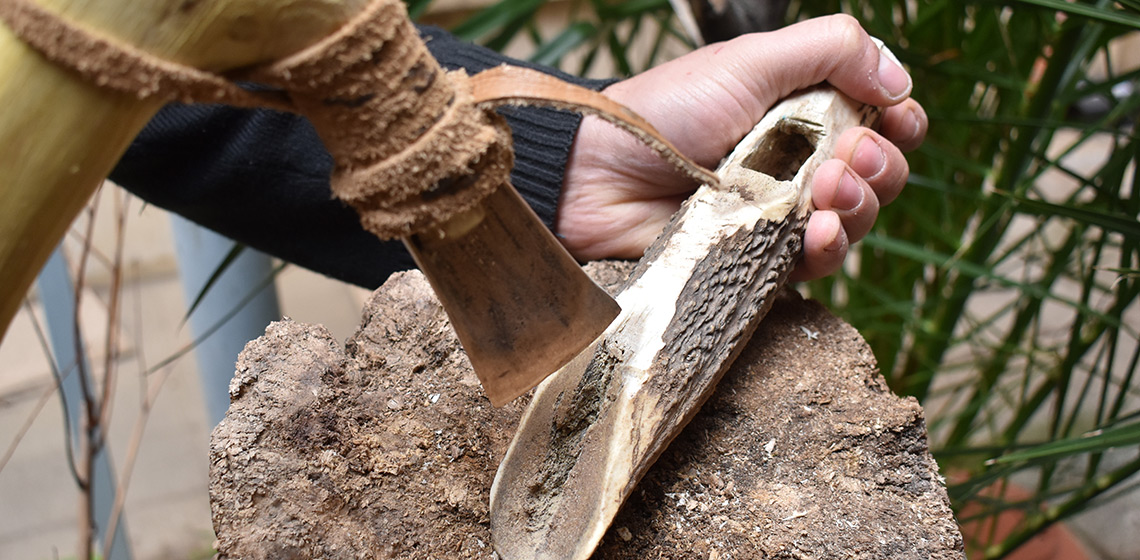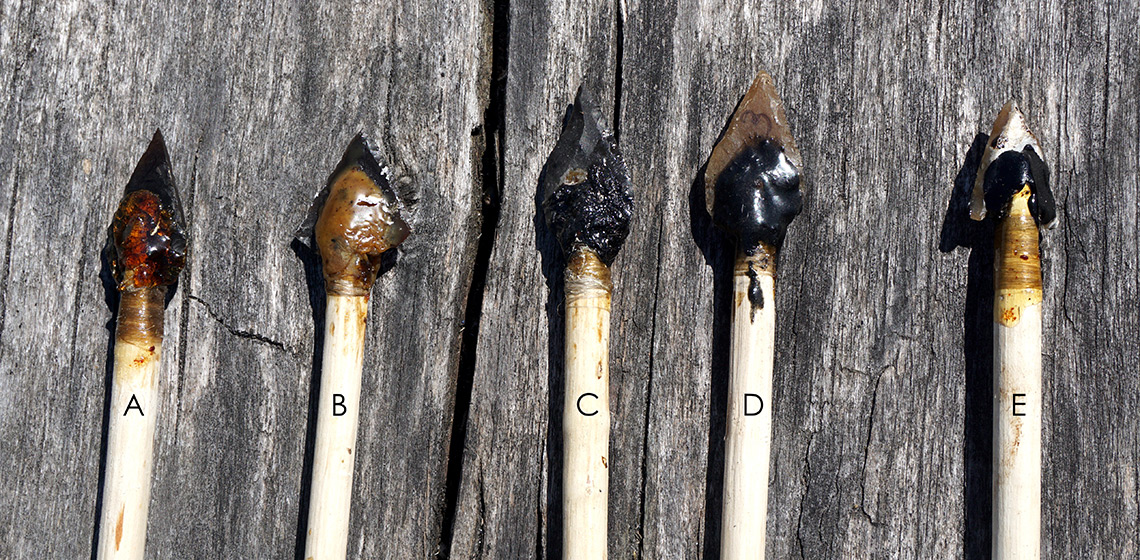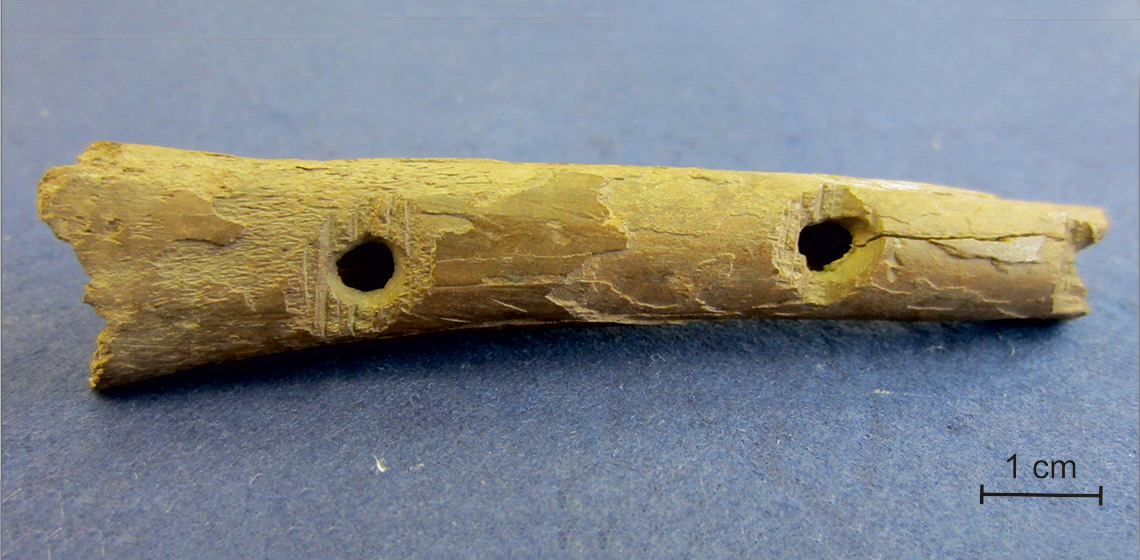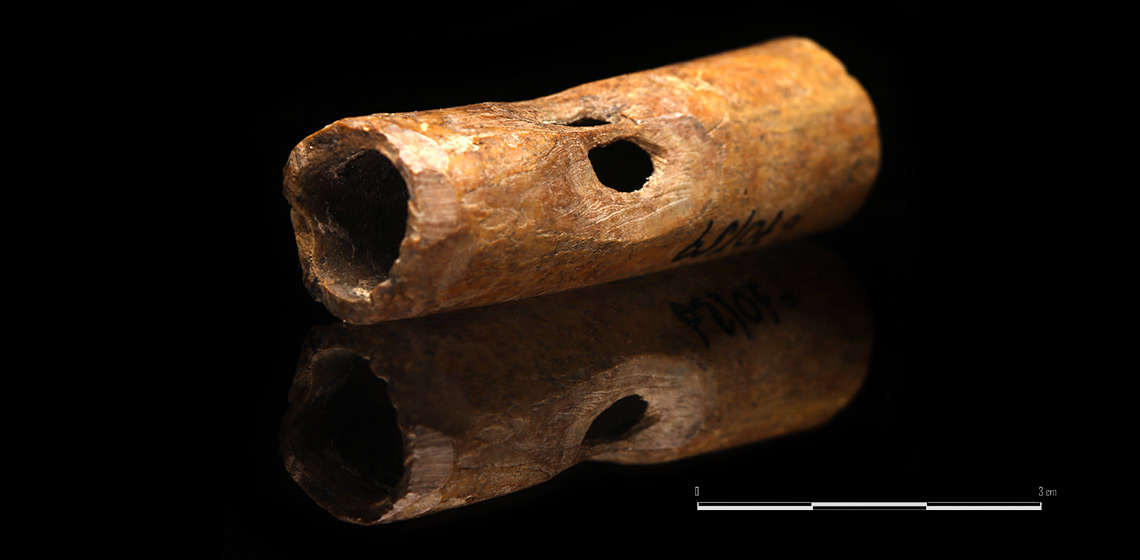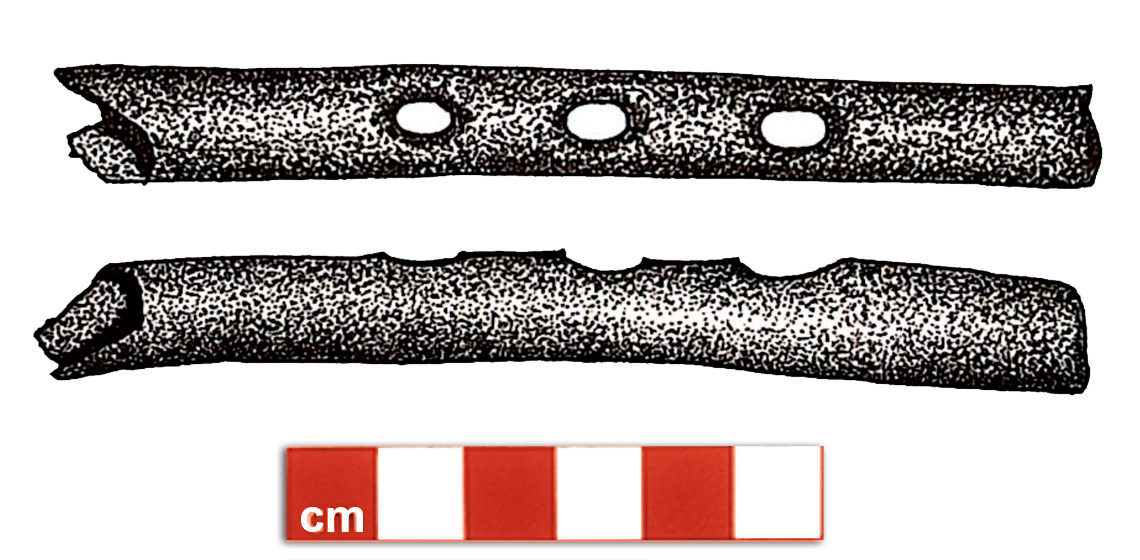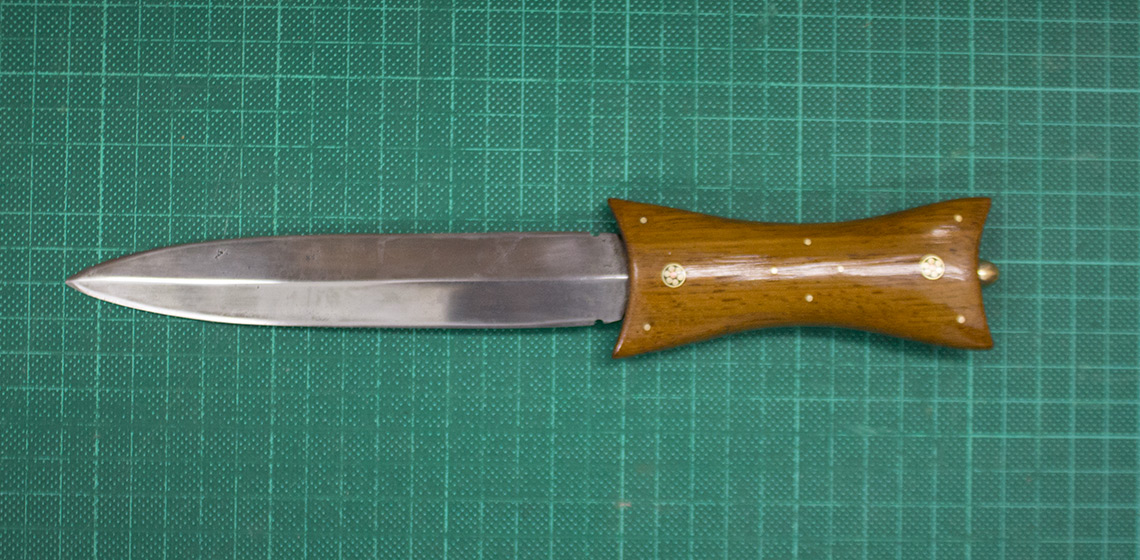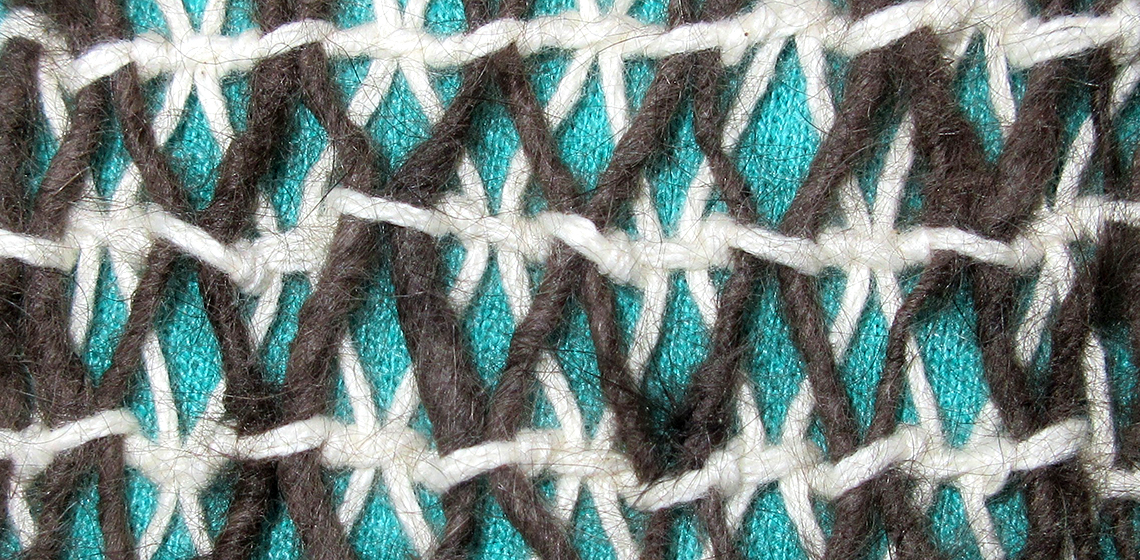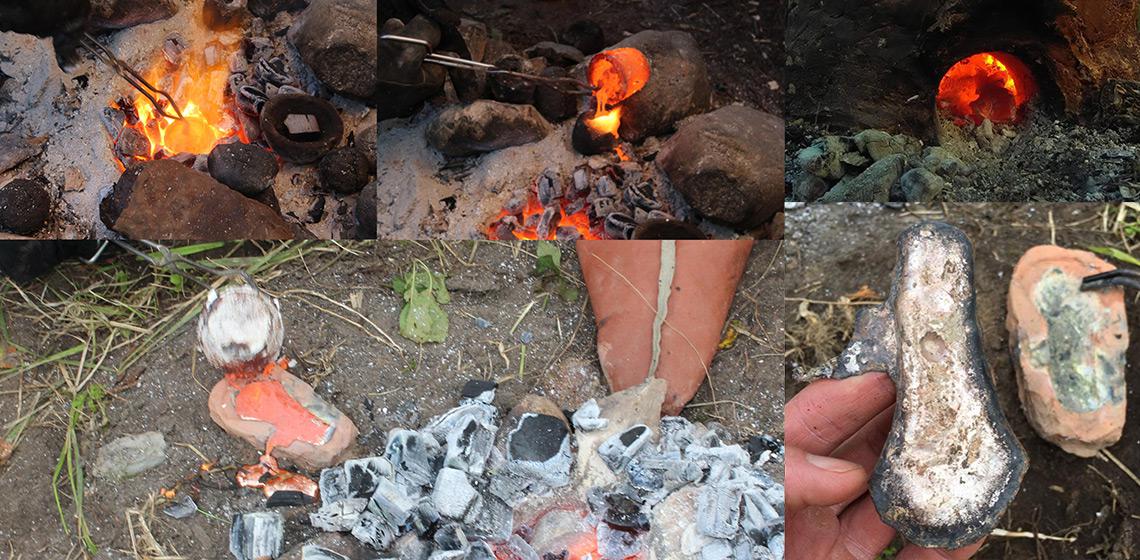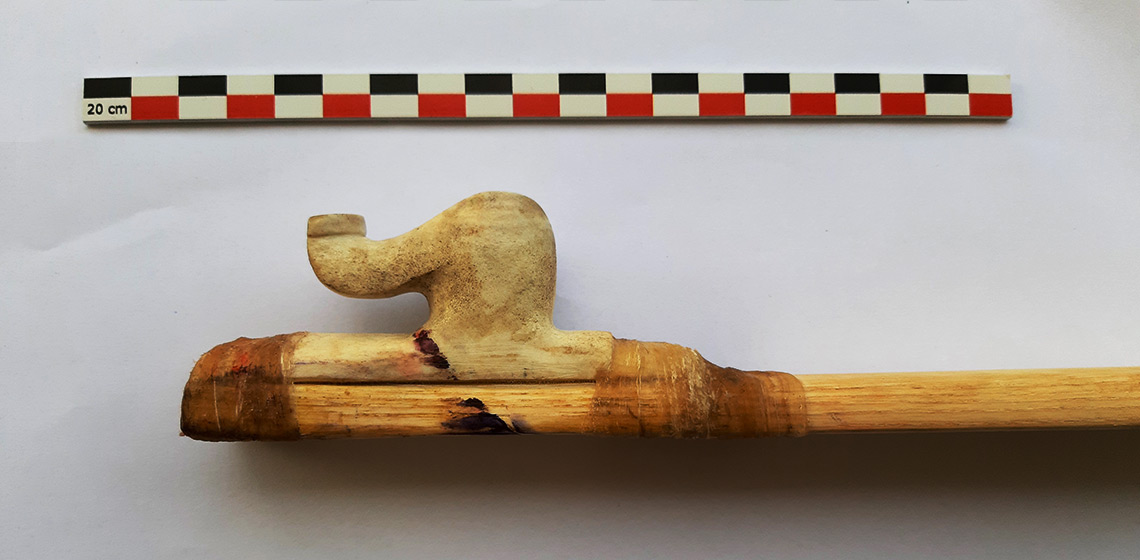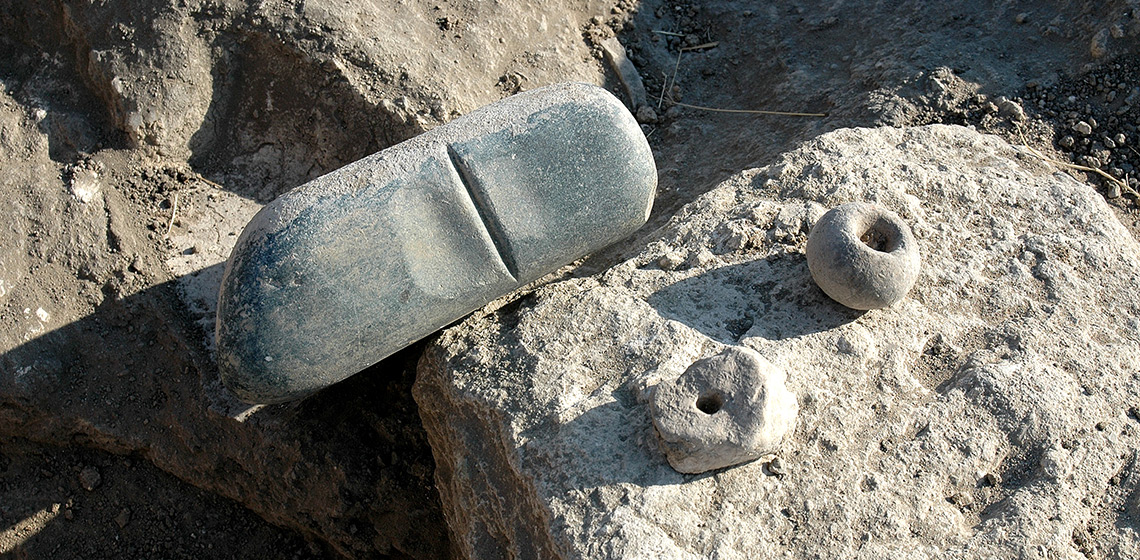Hoes or Adzes? Experimental Reproduction and Uses of Deer Antler Tools from the Bronze Age Terramara of Pragatto (Italy)
Introduction
The Terramare civilization occupied the Central-western Po Valley in Northern Italy in a chronological span from the beginning of the Middle Bronze Age (MBA) to the Recent Bronze Age (RBA) (circa 1650-1150 BC) (Bernabò Brea and Cardarelli, 1997; Cardarelli, 1997, 2009).

